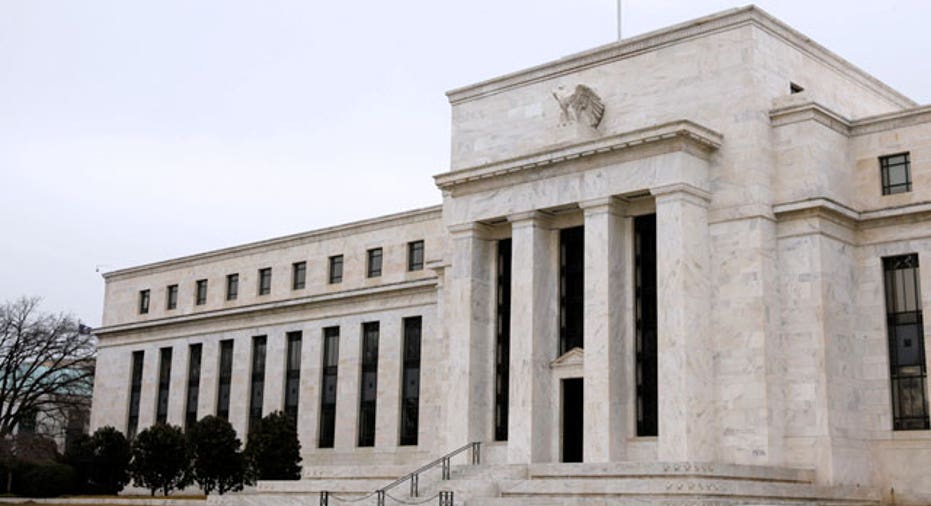What Banks Passing Stress Tests Means for the U.S. Economy

Much of Wall Street was pleased in June when all but two of the largest U.S. banks passed the so-called "stress test" applied by the Federal Reserve. What is this stress test, where does it come from, and why do the results matter to Wall Street?
The stress tests come from the Dodd-Frank legislation that was passed after the financial crisis. These tests have been applied to large banks starting in 2009. In many ways, they are the equivalent of your physical stress test, where you run on a treadmill to apply stress to your heart and that stress is monitored.
The stress in this case is a financial model that makes dire economic assumptions, and the goal is to stay above a certain minimum percentage called the Tier 1 common capital ratio. The common capital ratio is the amount of high-quality capital compared to risk-weighted assets, and must be above 5% for the bank to pass the test.
In essence, the stress test measures whether or not a bank could survive a run on cash during a severe downturn. Given the "too big to fail" assumption made in the last banking crisis, the legislation is designed to keep the largest banks' combinations of capital and risk well above a bailout point. Many analysts believe it is these regulations that contained the damage after theBrexit vote resulted in market declines.
There are 28 factors in the scenarios, 16 domestic and 12 international. Levels are assumed for both an "adverse" and a "severely adverse" scenario to challenge the banks. Among the important domestic factors (with their recent assumptions) are the unemployment rate (7%-10%), real GDP (4.2%-7.5% drop), the Dow Jones Total Stock Market Index (10,396-12,132), market volatility (VIX) rising from 24 to 59-73, and the House Price Index falling from 183 to as low as 137. International factors include global GDP contraction, inflation, and key currency ratios between the U.S. and other nations.
The first phase of the stress test measures each bank's capabilities assuming existing payouts, and the second phase incorporates each bank's plans for dividends, buybacks, and other shareholder payouts. Even with plenty of capital, the Fed can restrict a bank's actions based on qualitative factors — in other words, the bank has the proper amount of cash, but the Fed does not have confidence in the ability of their planning procedures to keep a proper financial safety net in place.
In this last run, 31 of the 33 banks received permission from the Fed to raise dividends or share buybacks without conditions. Bank of America received conditional permission as long as it fixed other concerns. The American branches of two foreign banks, Santander and Deutsche Bank, were prohibited from increasing payouts, even though they had plenty of excess capital, because of qualitative concerns — in the words of the Fed, "widespread and substantial weaknesses across their capital planning processes."
The banks that passed the stress tests quickly announced dividend increases and stock buyback plans, causing a rally in the middle of an otherwise dismal week for stocks.
Bank investors are typically frustrated with the stress-test concept, because requiring more capital to be held in reserve means that less capital can be distributed back to shareholders or that potential stock buybacks must be constrained. However, the results of the latest stress test allowed banks to increase what has been a conservative return to shareholders for years, and Wall Street reacted positively.
The process the Fed uses is often referred to as a "black box" of unknown metrics. Banks are frequently surprised to find their estimates are rosier than that of the Fed, forcing the banks to revise their plans. In this round, three of the larger banks (Goldman Sachs, Morgan Stanley and JPMorgan Chase) adjusted their payout plans in order to pass the second phase of the testing.
In summary, banking stress tests are a measure of how well banks are maintaining a fiscal safety net. While it protects taxpayers from future bailouts, the stress tests act as a natural governor on returns, and therefore bank investment. One could argue that it also inhibits growth. Presumably, banks and regulators will find the best balance over time to keep our fiscal system sound without acting as a significant economic drag.
This article was provided by our partners at moneytips.com.
Read More From MoneyTips:
Bank of America Sued Over Credit Card Debt
How Much Do We Trust Big Banks? (Infographic)



















